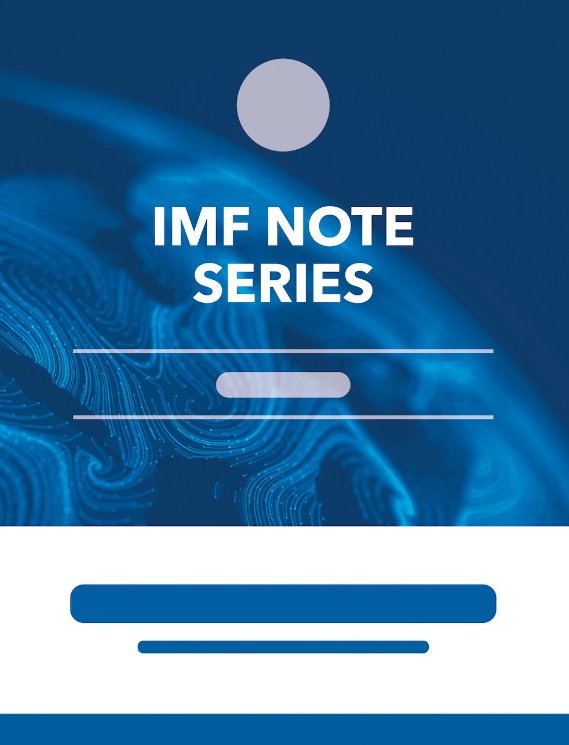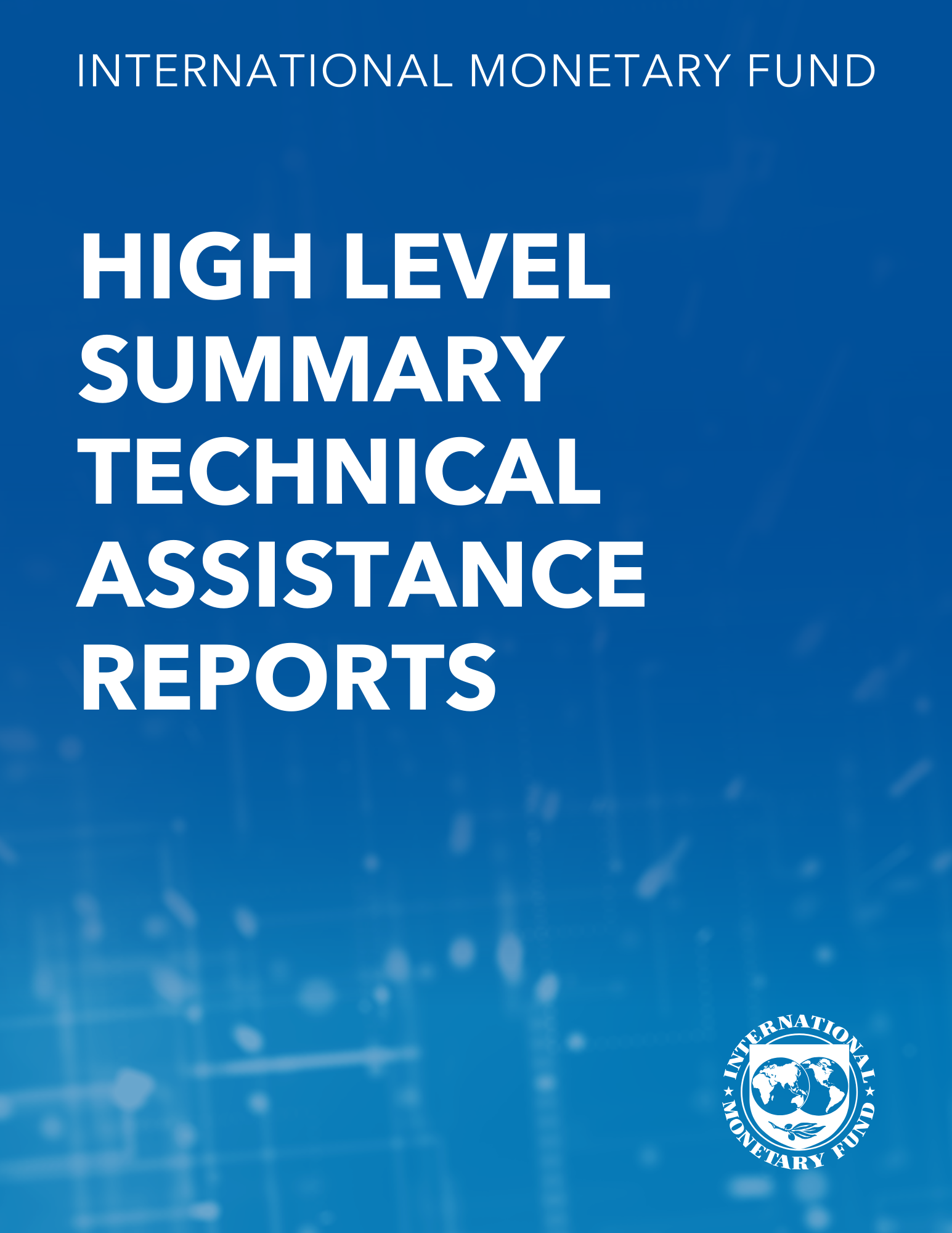Sources of Inflation in Developing Countries
December 1, 2001
Disclaimer: This Working Paper should not be reported as representing the views of the IMF.The views expressed in this Working Paper are those of the author(s) and do not necessarily represent those of the IMF or IMF policy. Working Papers describe research in progress by the author(s) and are published to elicit comments and to further debate
Summary
This paper develops stylized facts about the inflation process in developing countries, focusing particularly on the relationship between the exchange rate regime and the sources of inflation. Using annual data from 1964 to 1998 for 53 developing countries, we find that money growth and exchange rate changes-factors typically related to fiscal influences-are far more important in countries with floating exchange rate regimes than in those with fixed exchange rates. Instead, inertial factors dominate the inflation process in developing countries with fixed exchange rate regimes.
Subject: Conventional peg, Exchange rate arrangements, Exchange rates, Foreign exchange, Inflation, Output gap, Prices, Production
Keywords: Africa, Asia and Pacific, Conventional peg, currency, developing countries, exchange rate, Exchange rate arrangements, exchange rate regimes, Exchange rates, growth innovation, Inflation, inflation experience, inflation innovation, inflation movement, inflation response, money growth, Output gap, sources of inflation, South America, WP
Pages:
29
Volume:
2001
DOI:
Issue:
198
Series:
Working Paper No. 2001/198
Stock No:
WPIEA1982001
ISBN:
9781451860061
ISSN:
1018-5941






